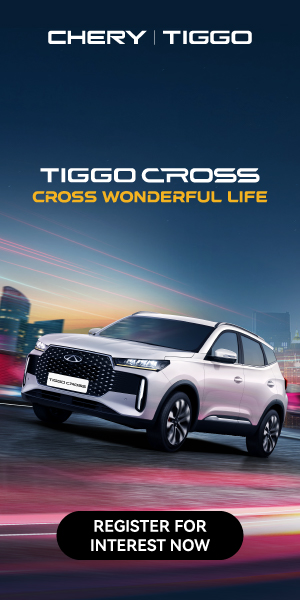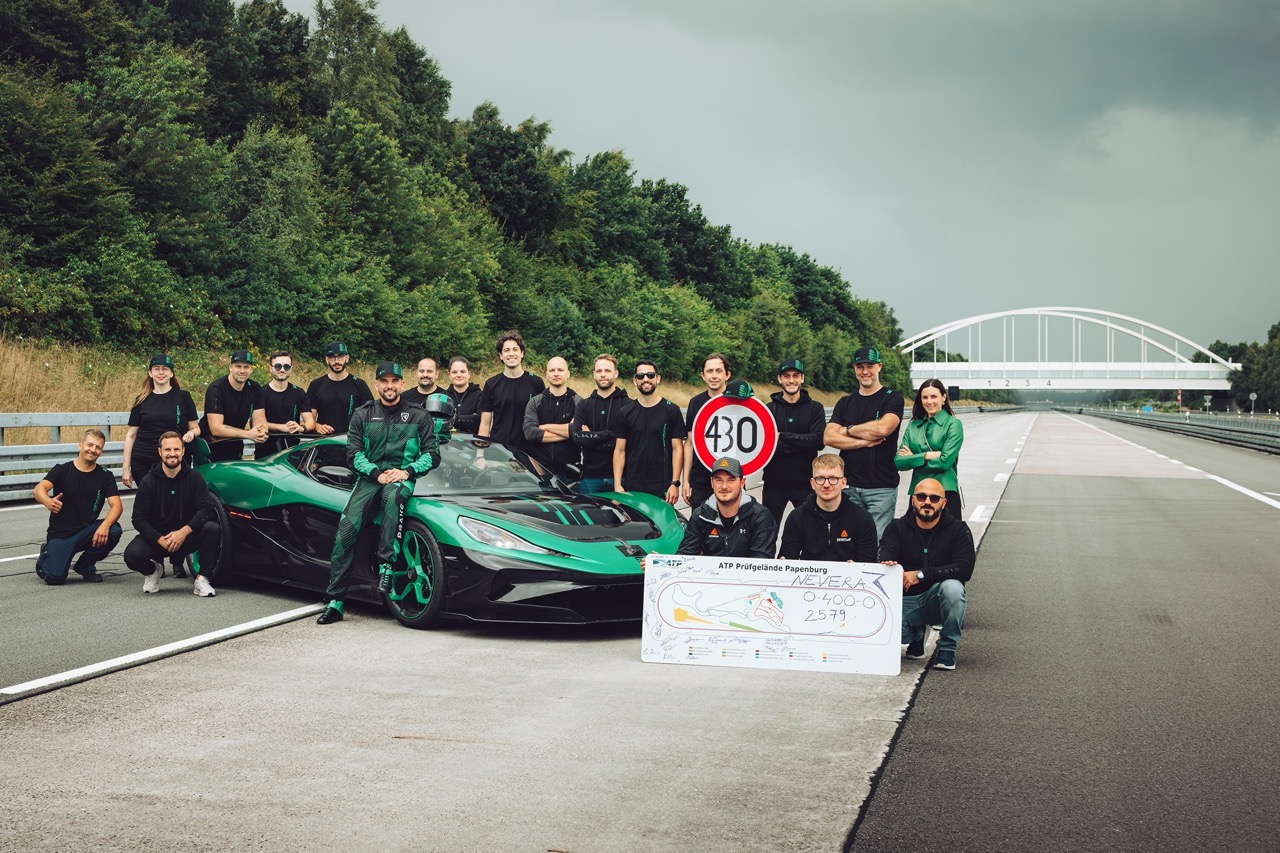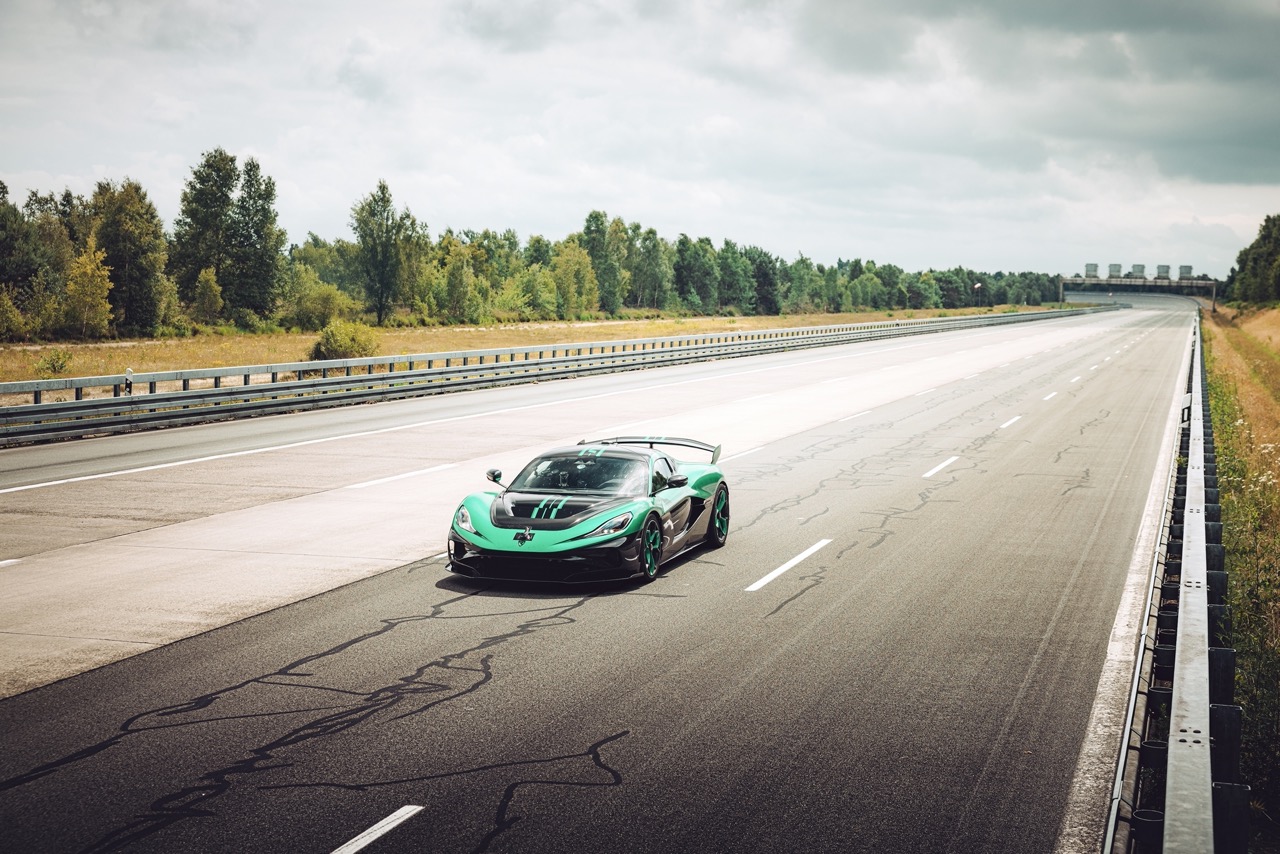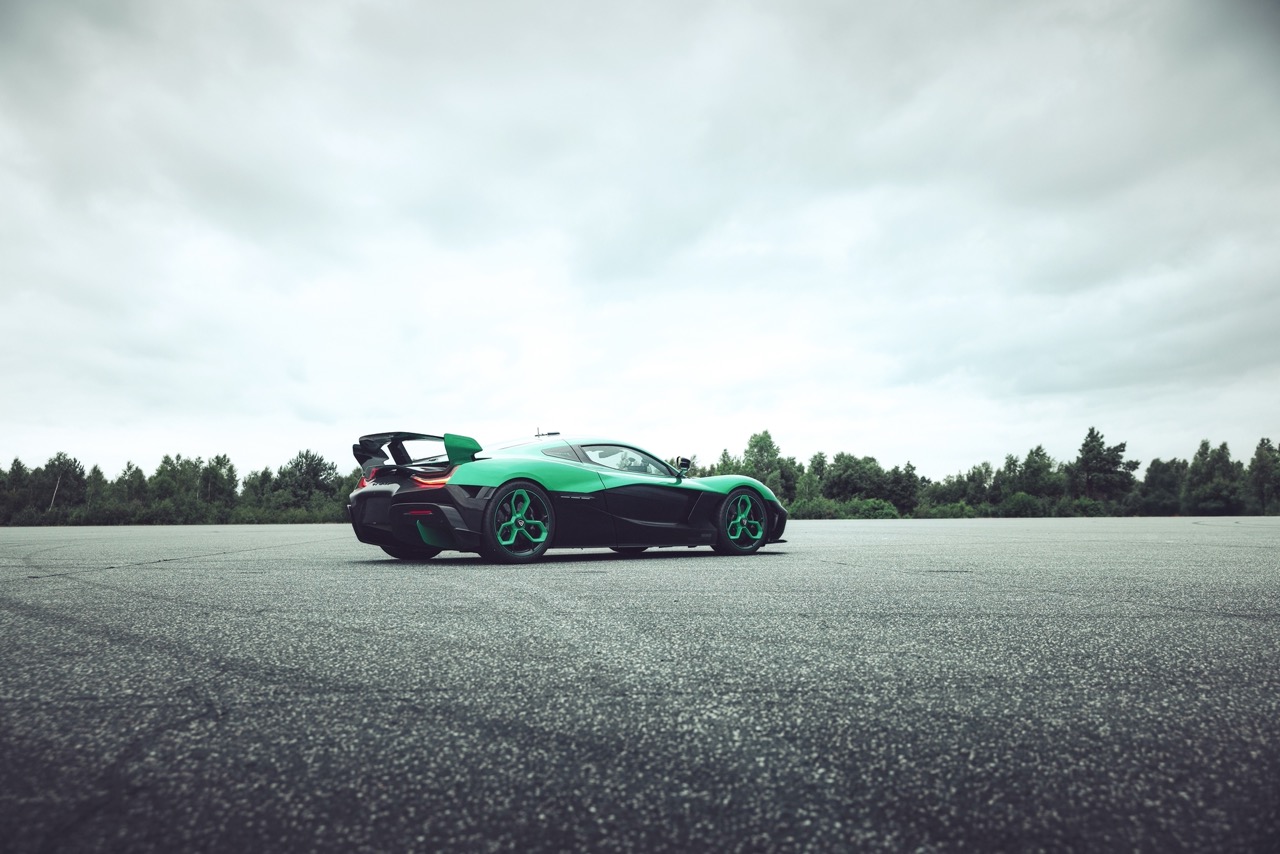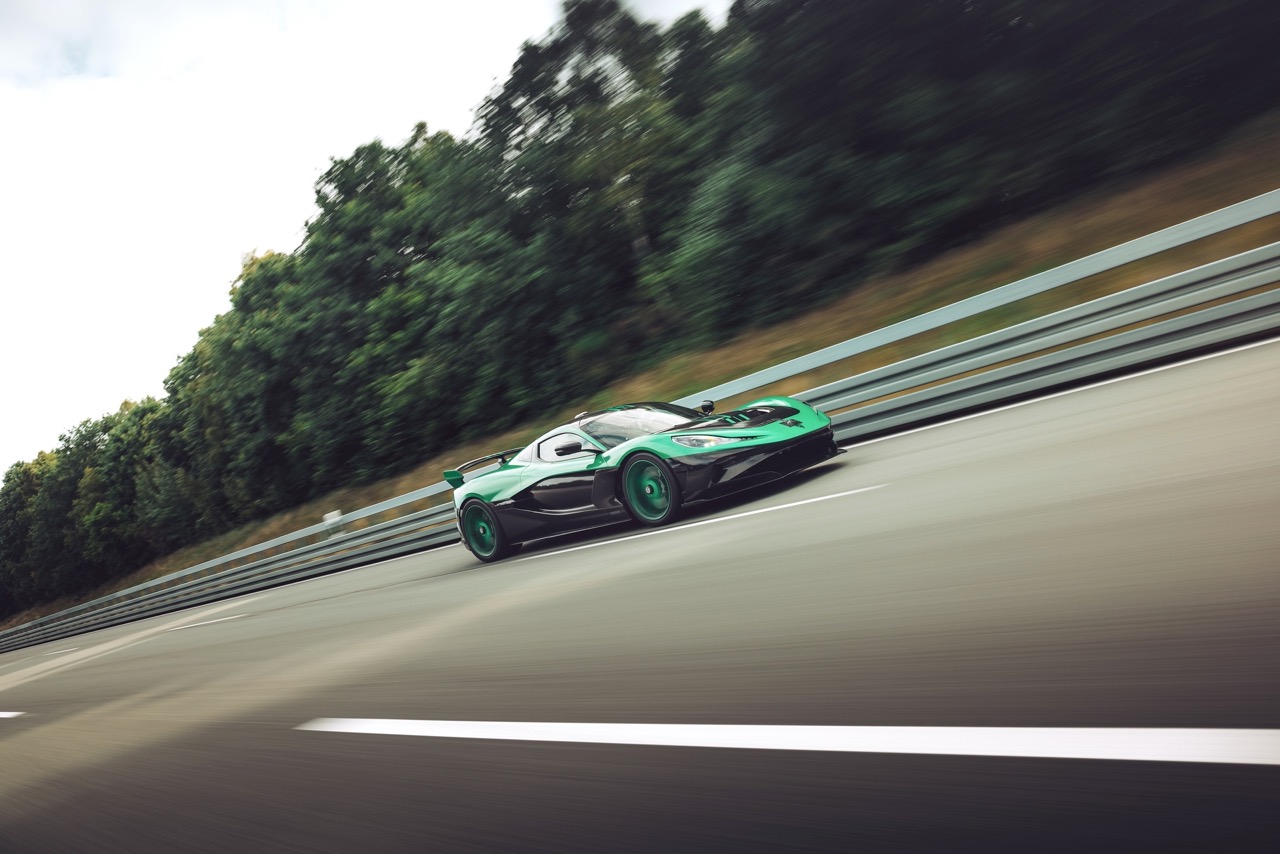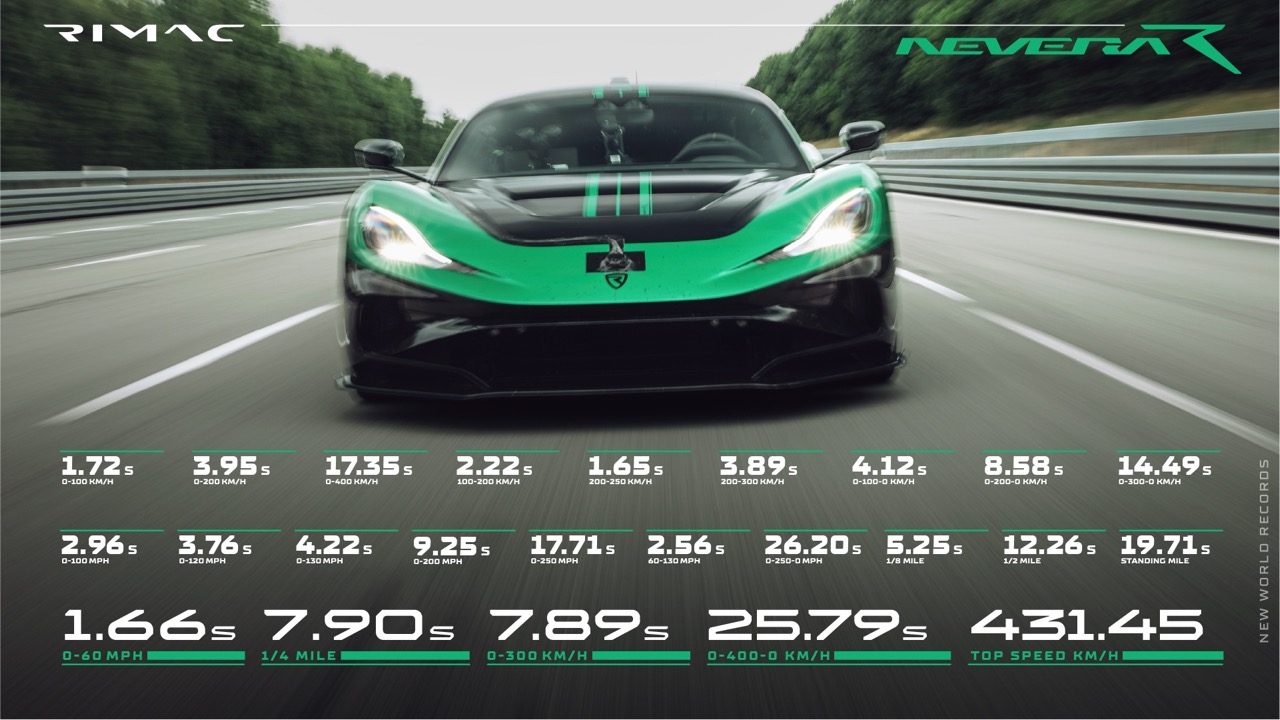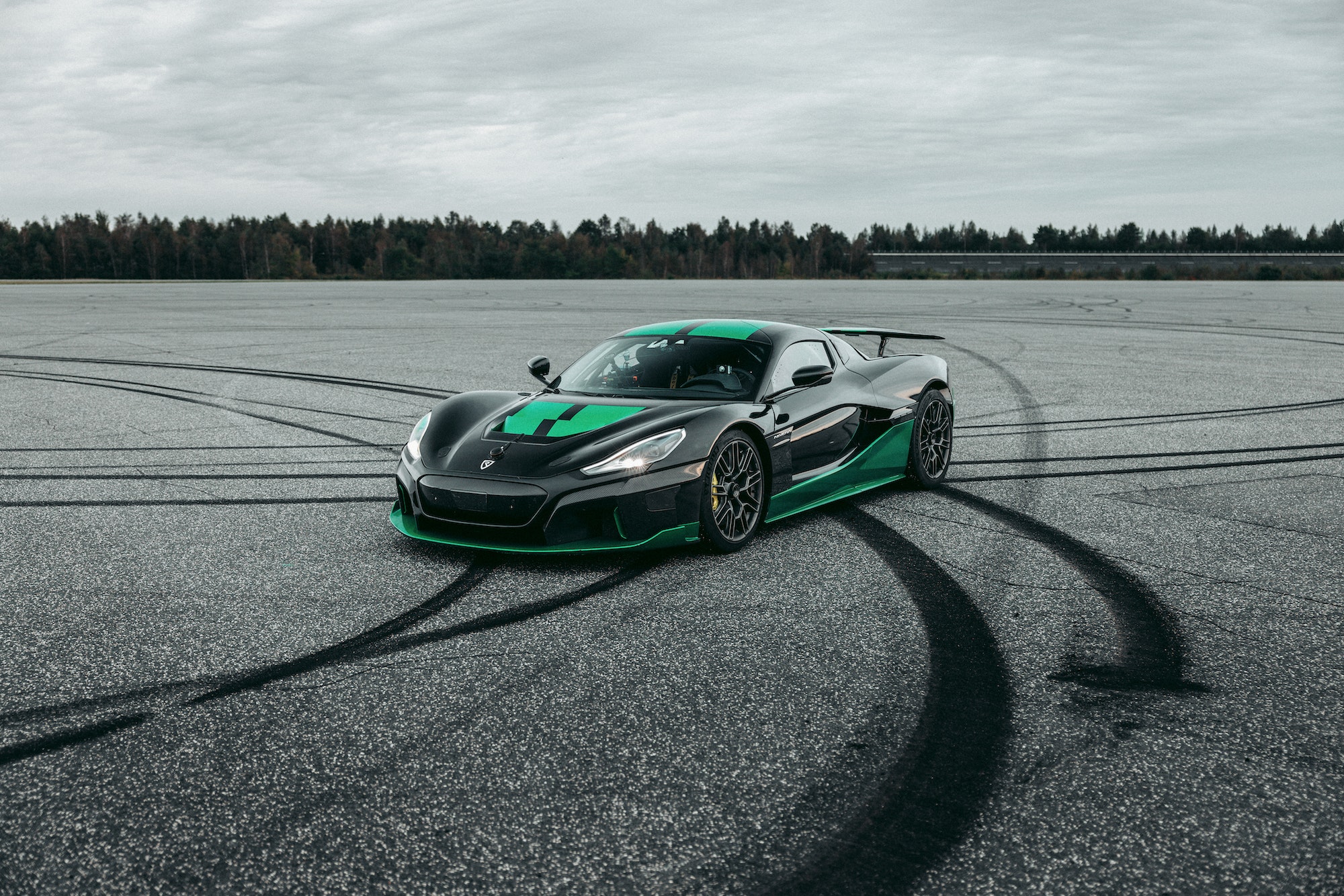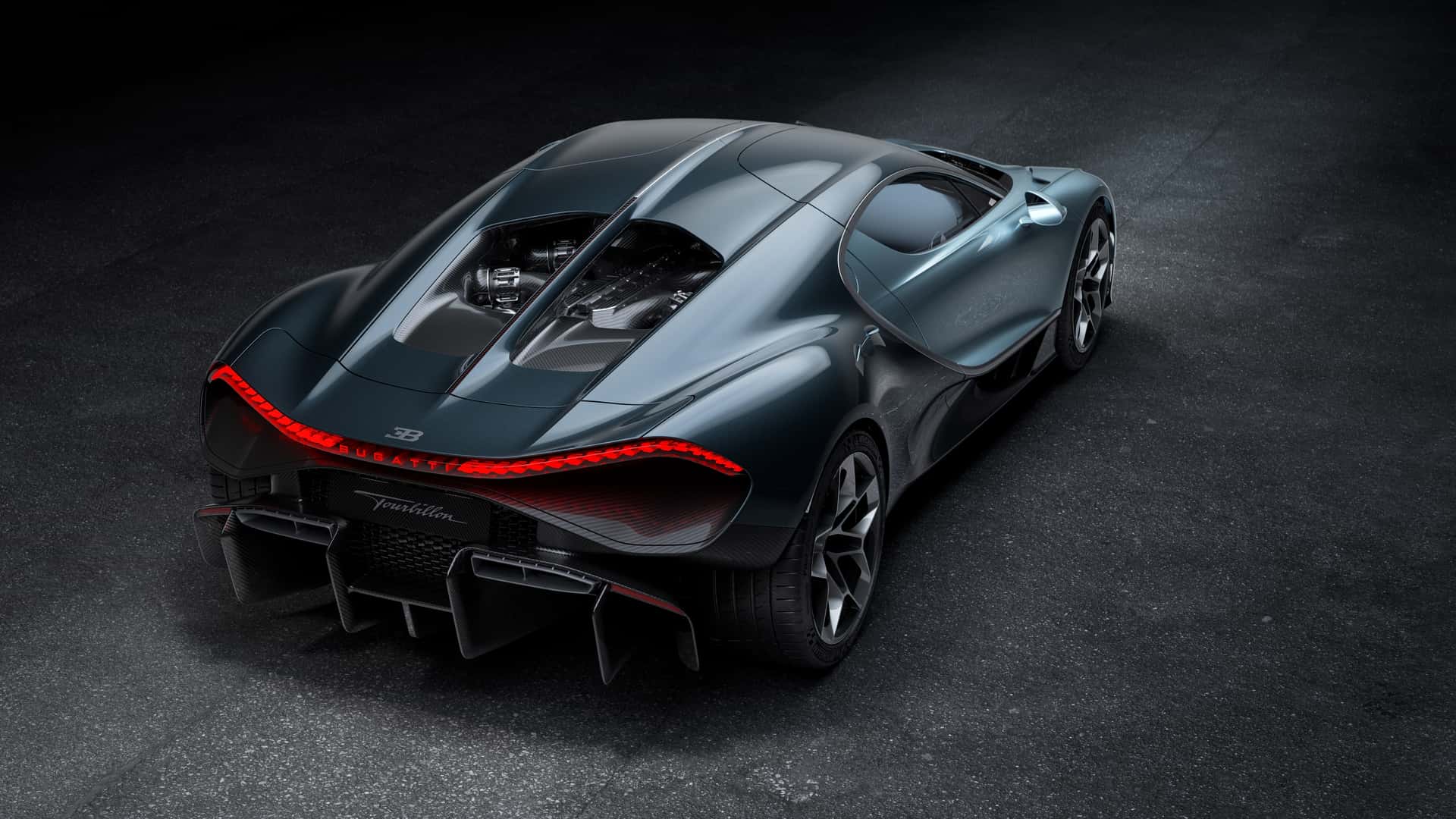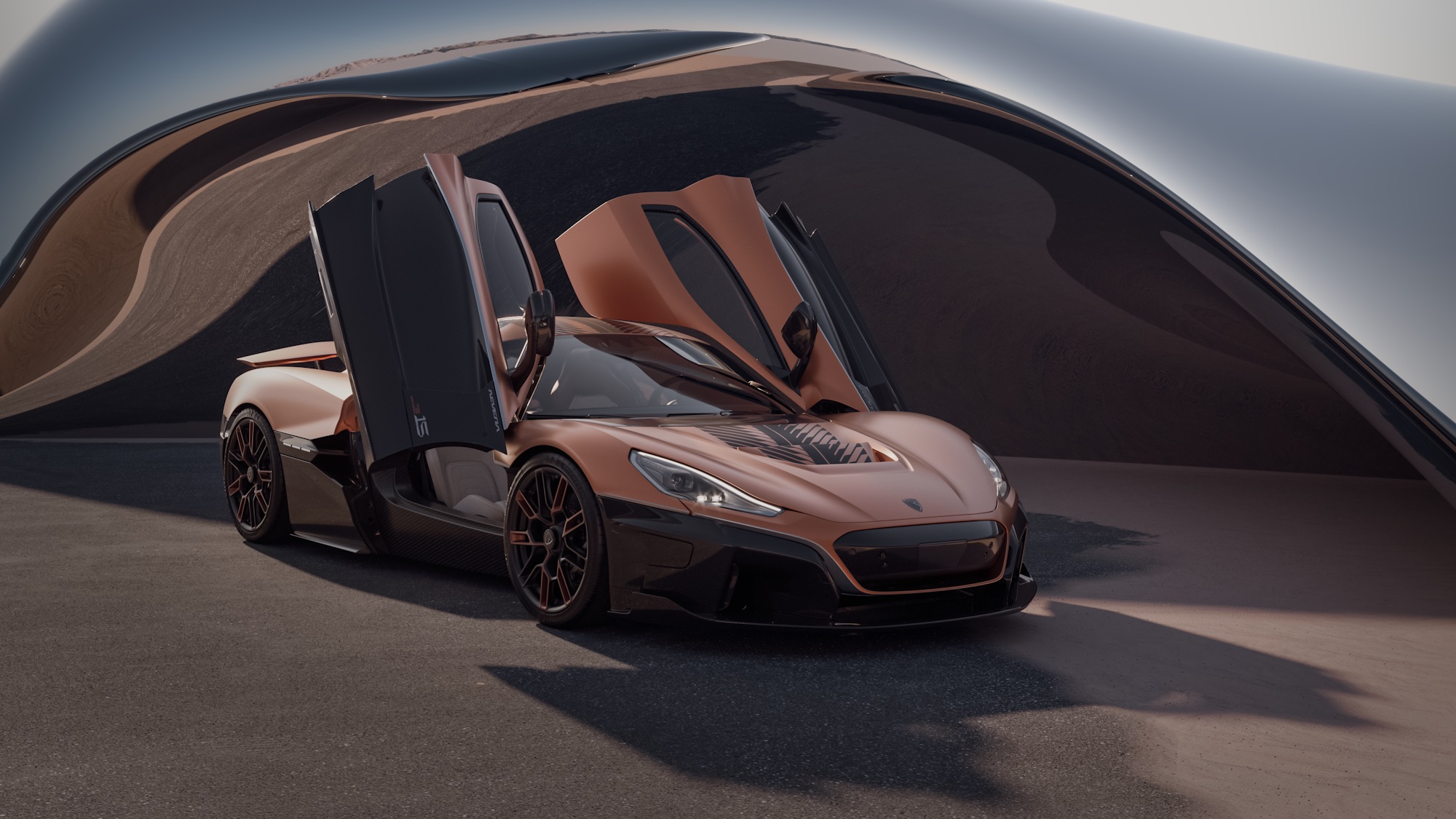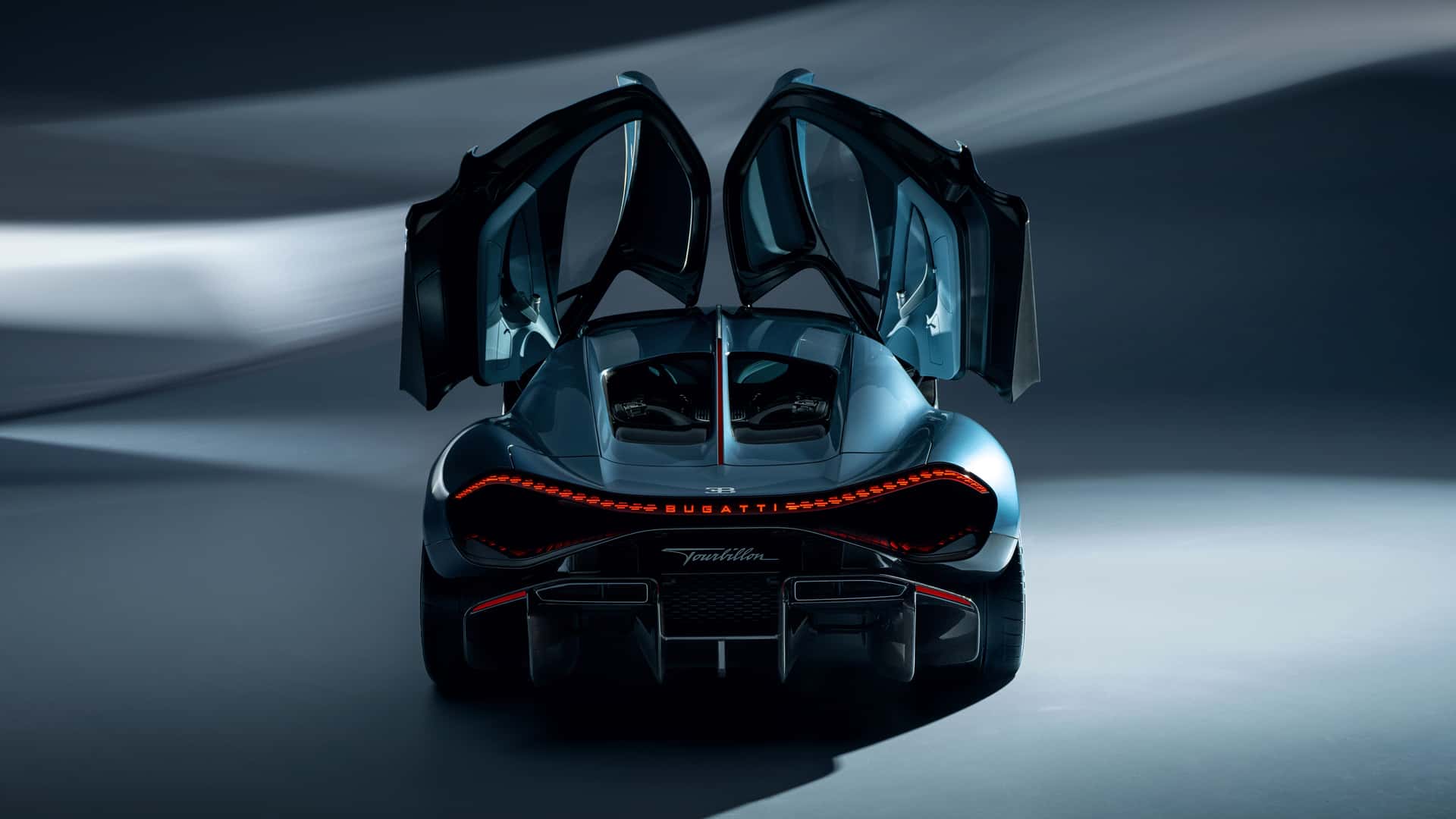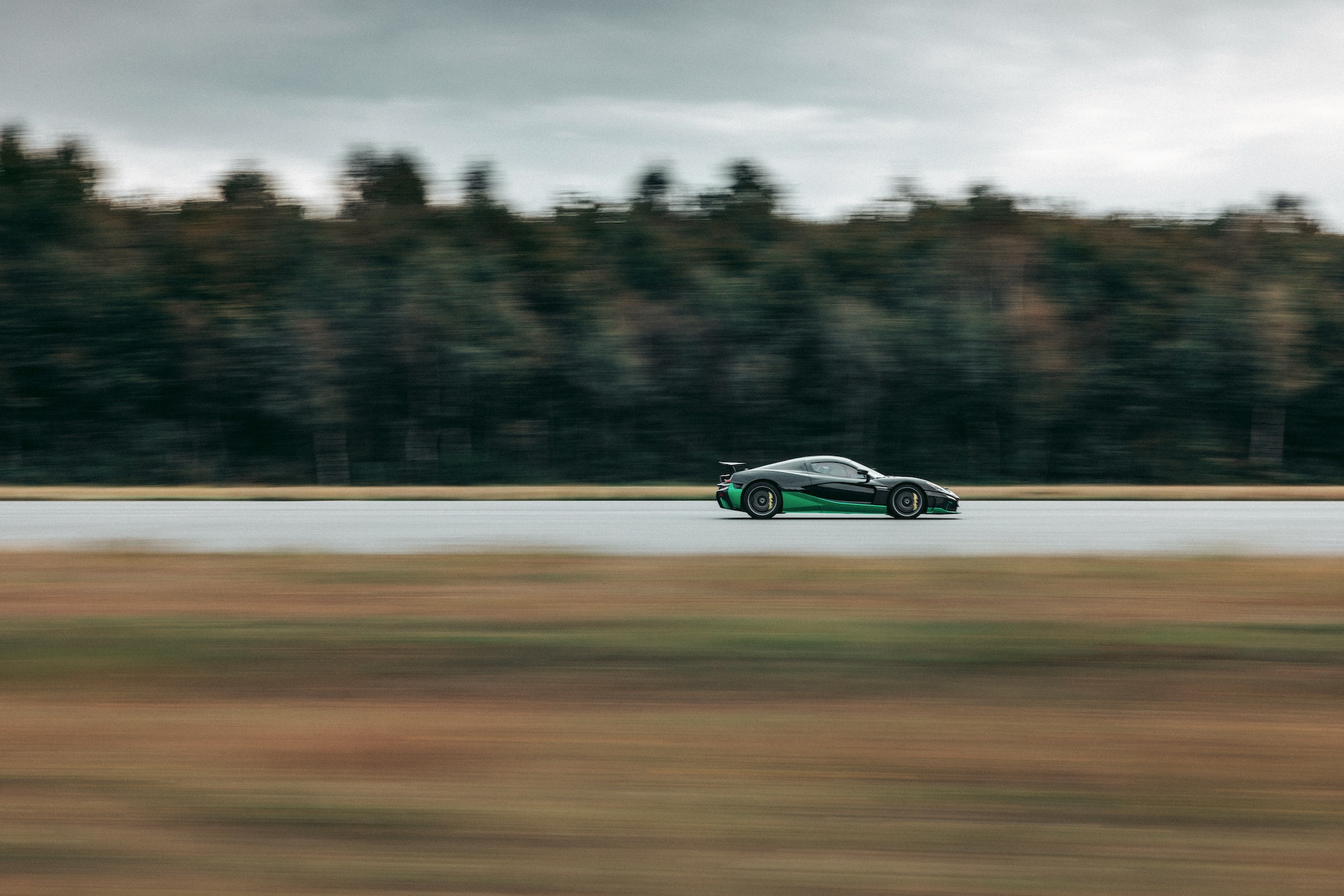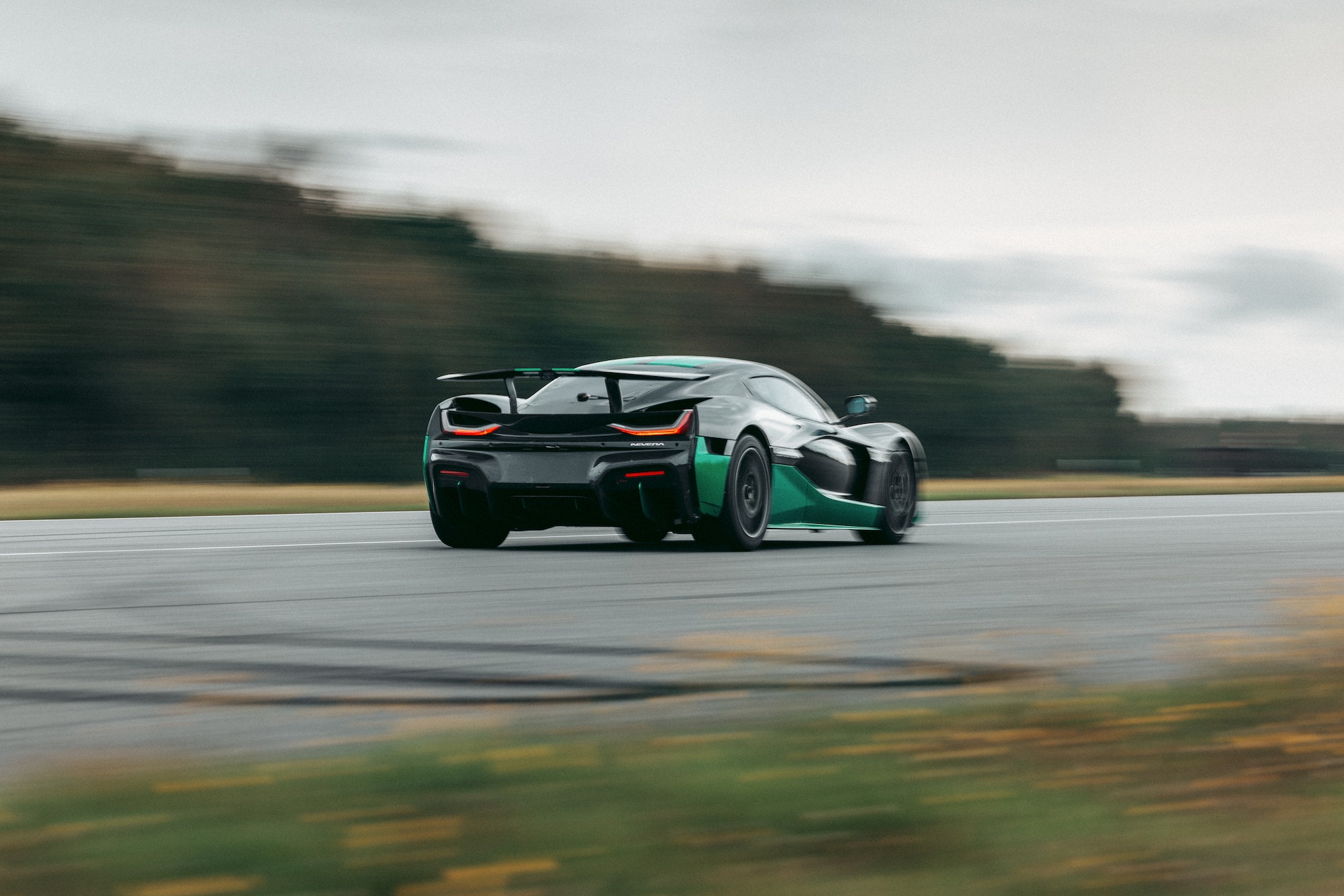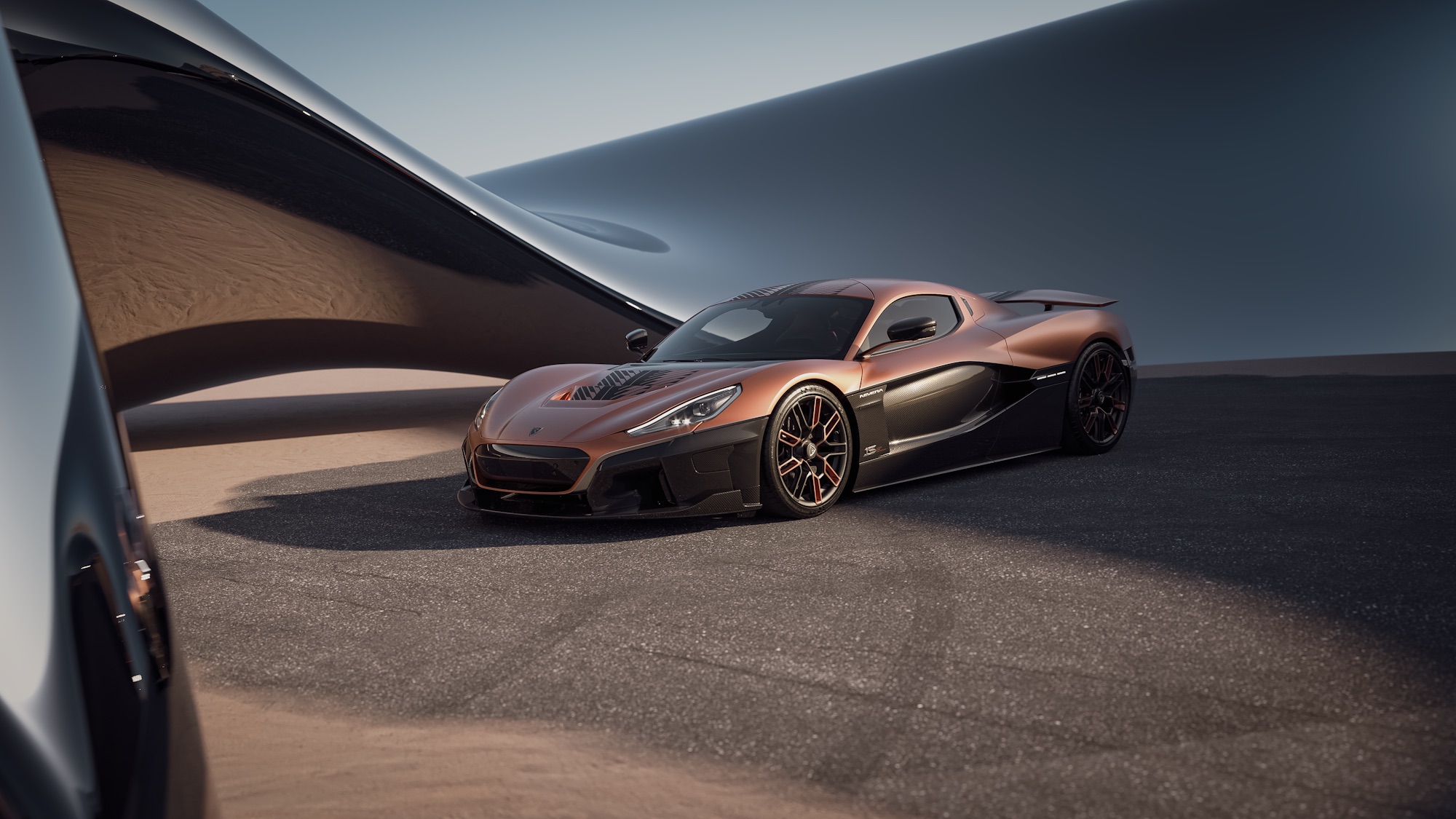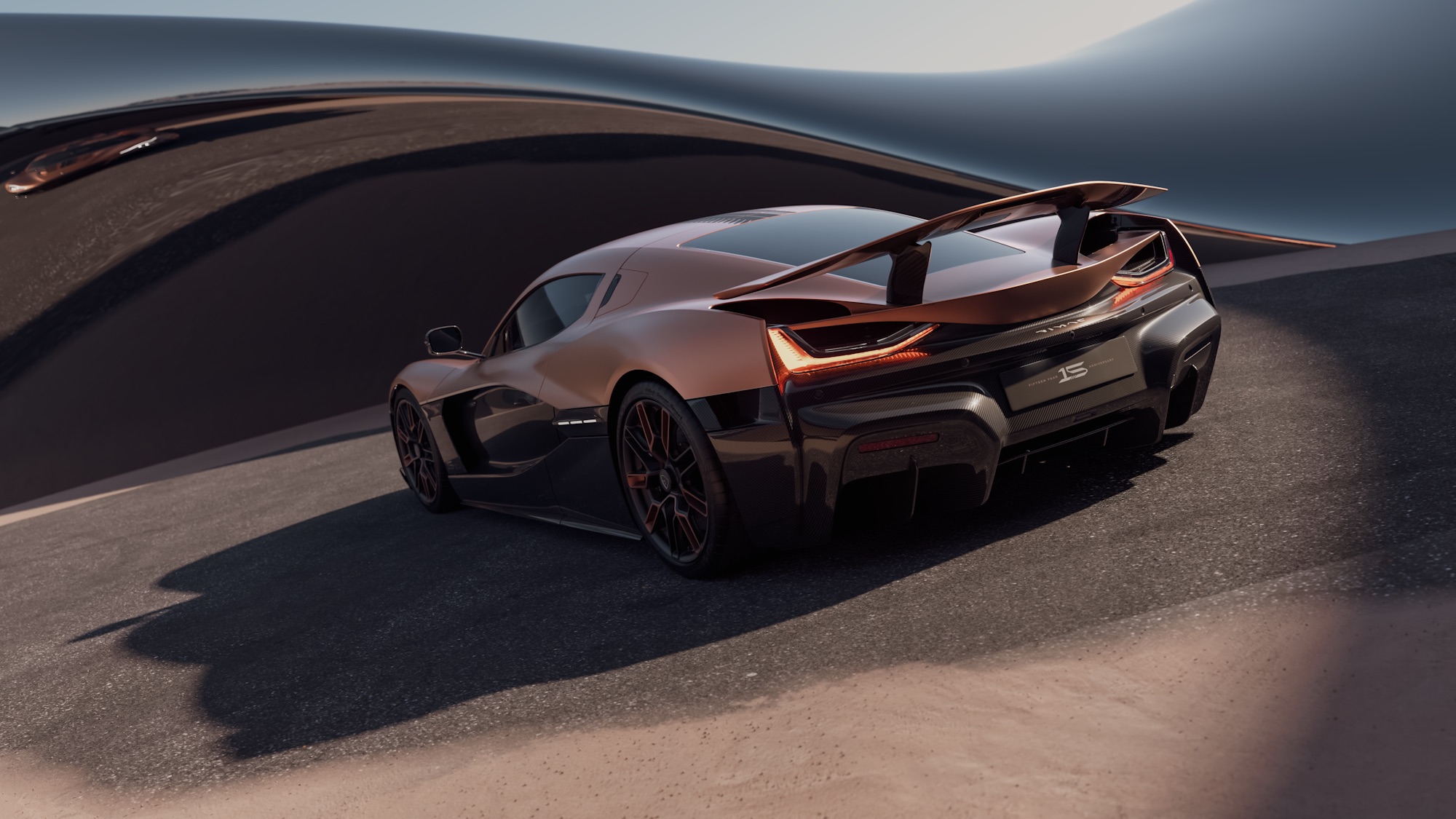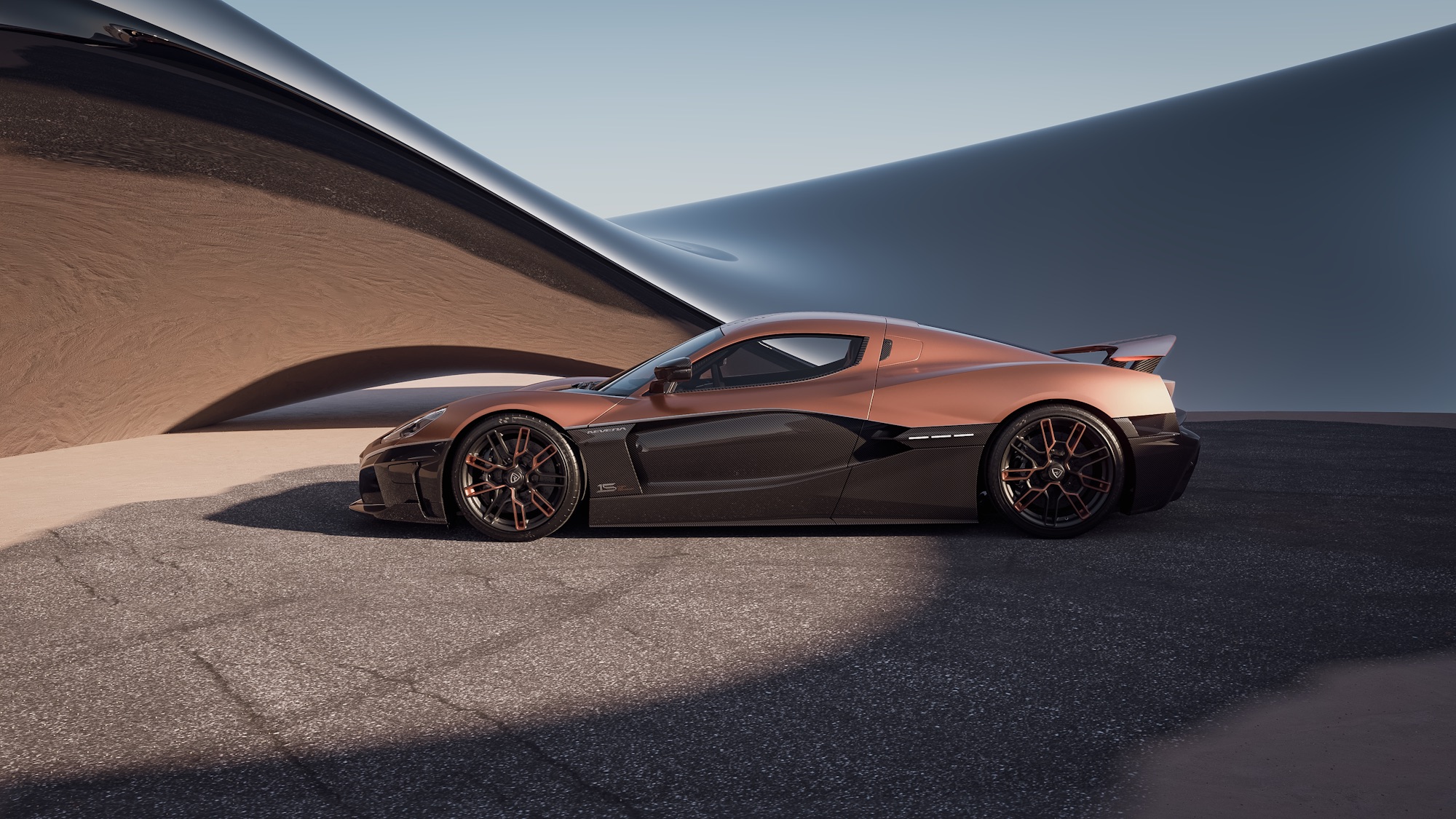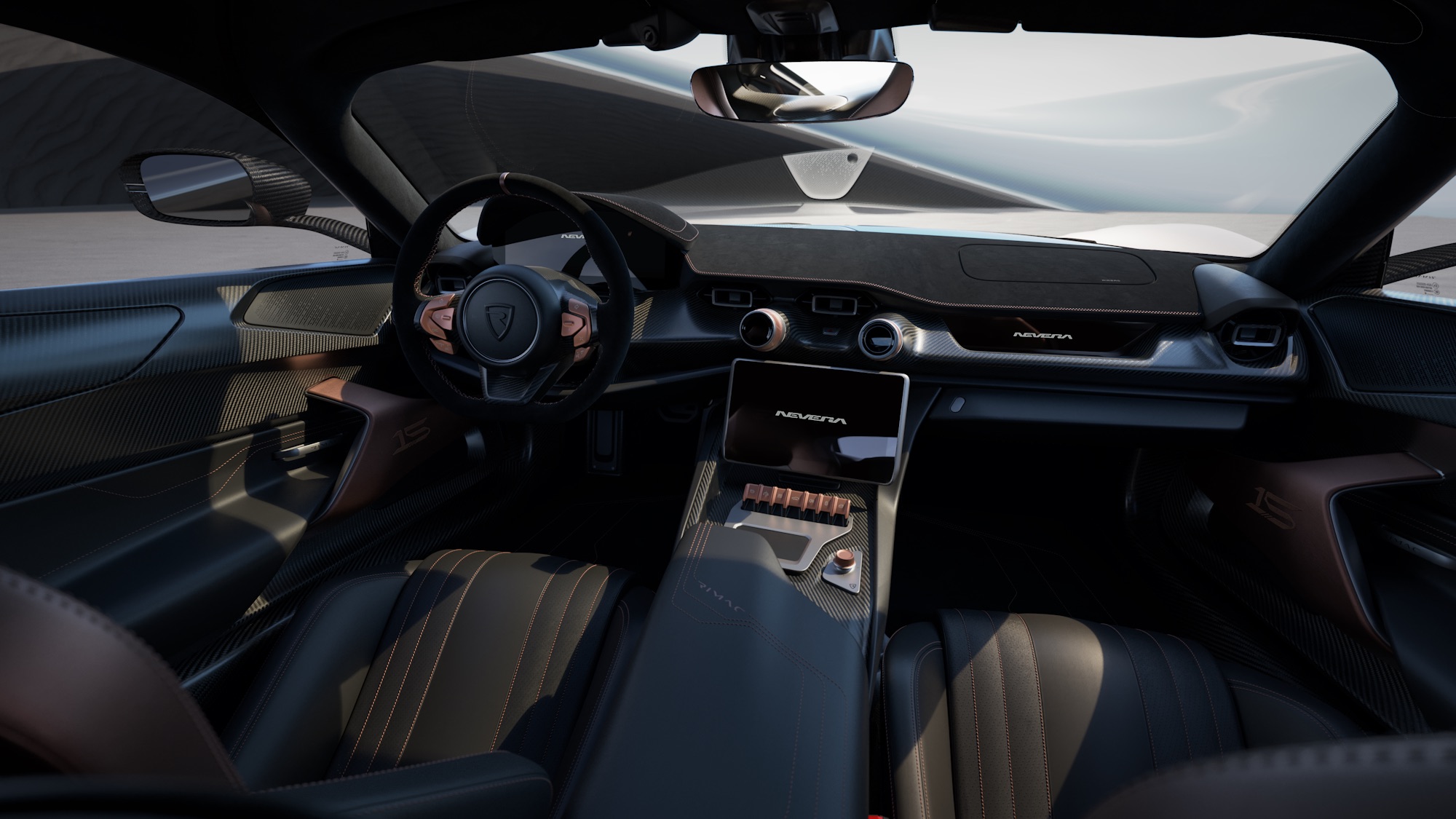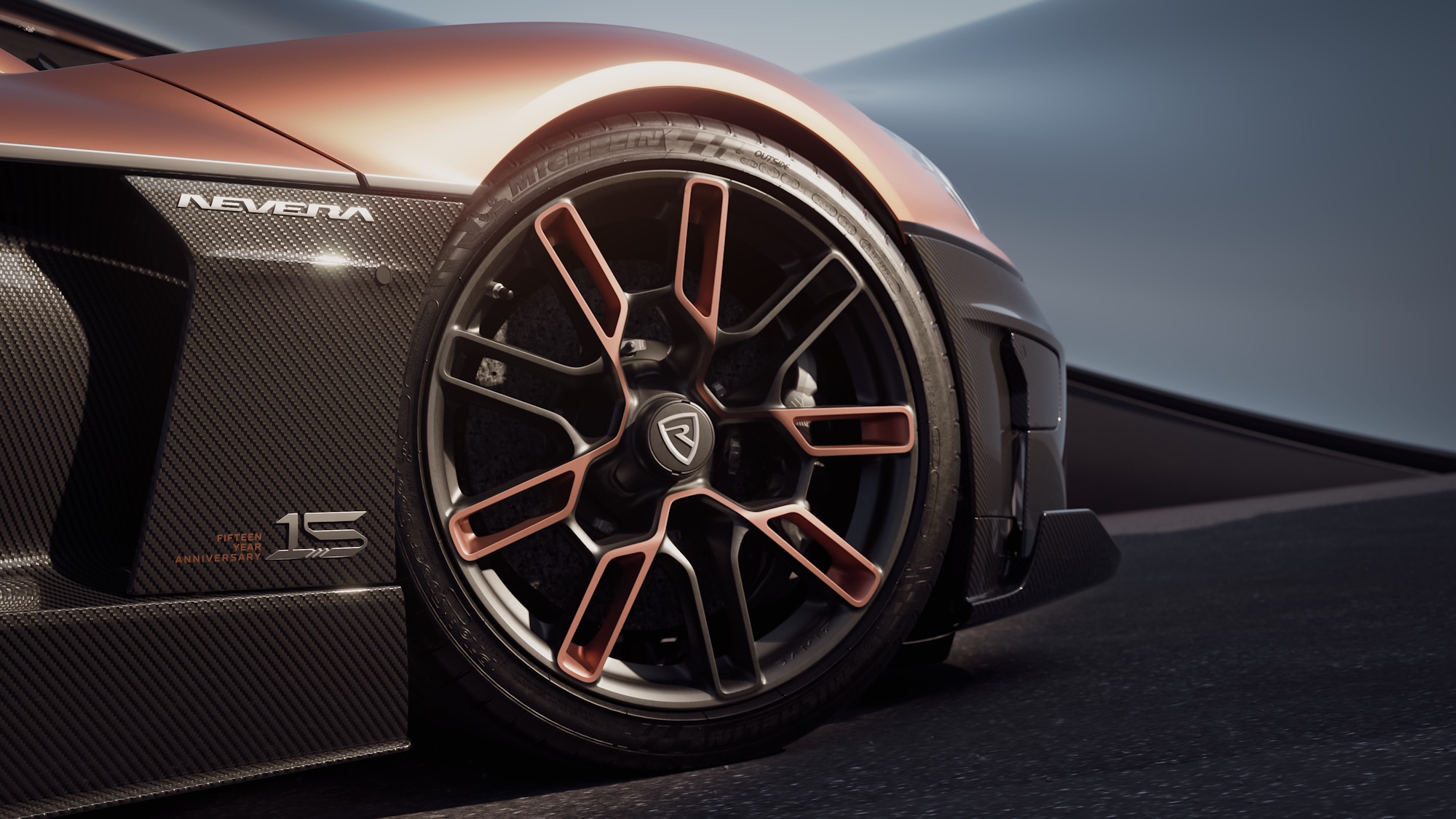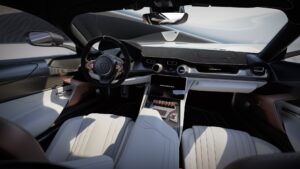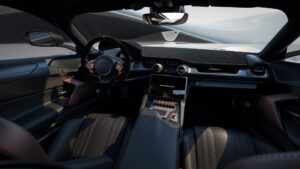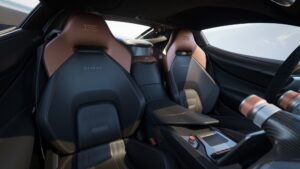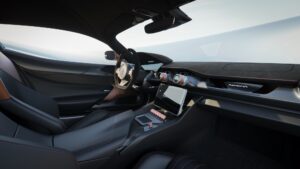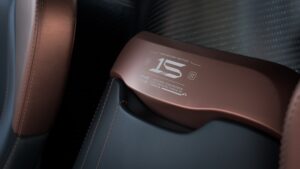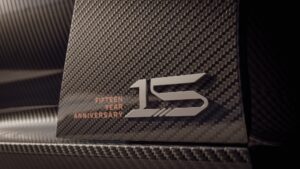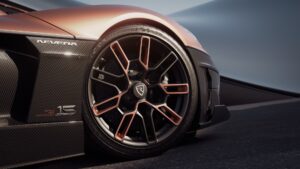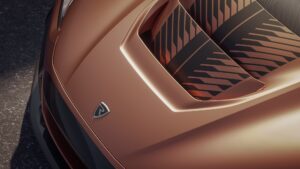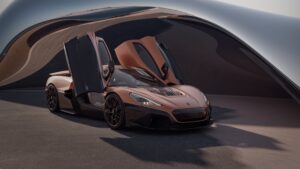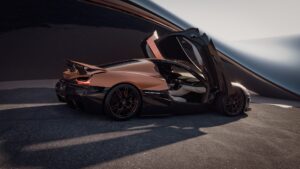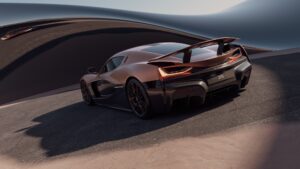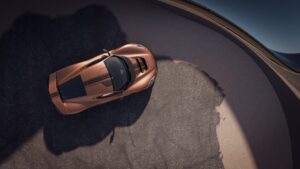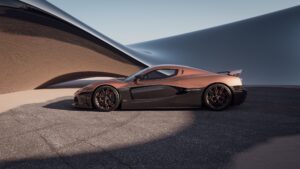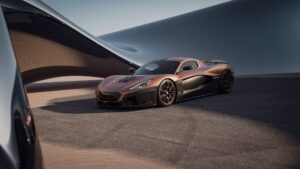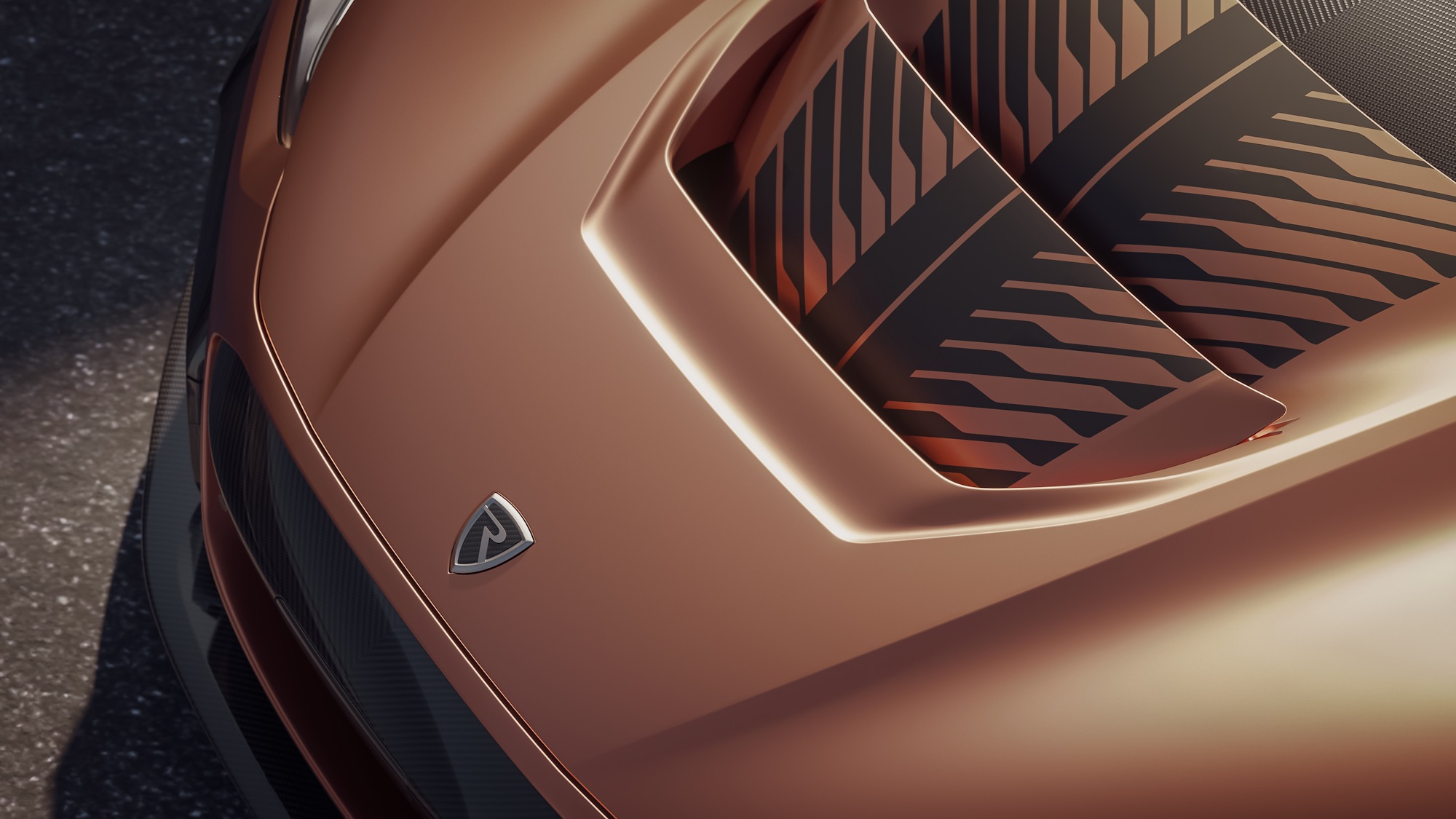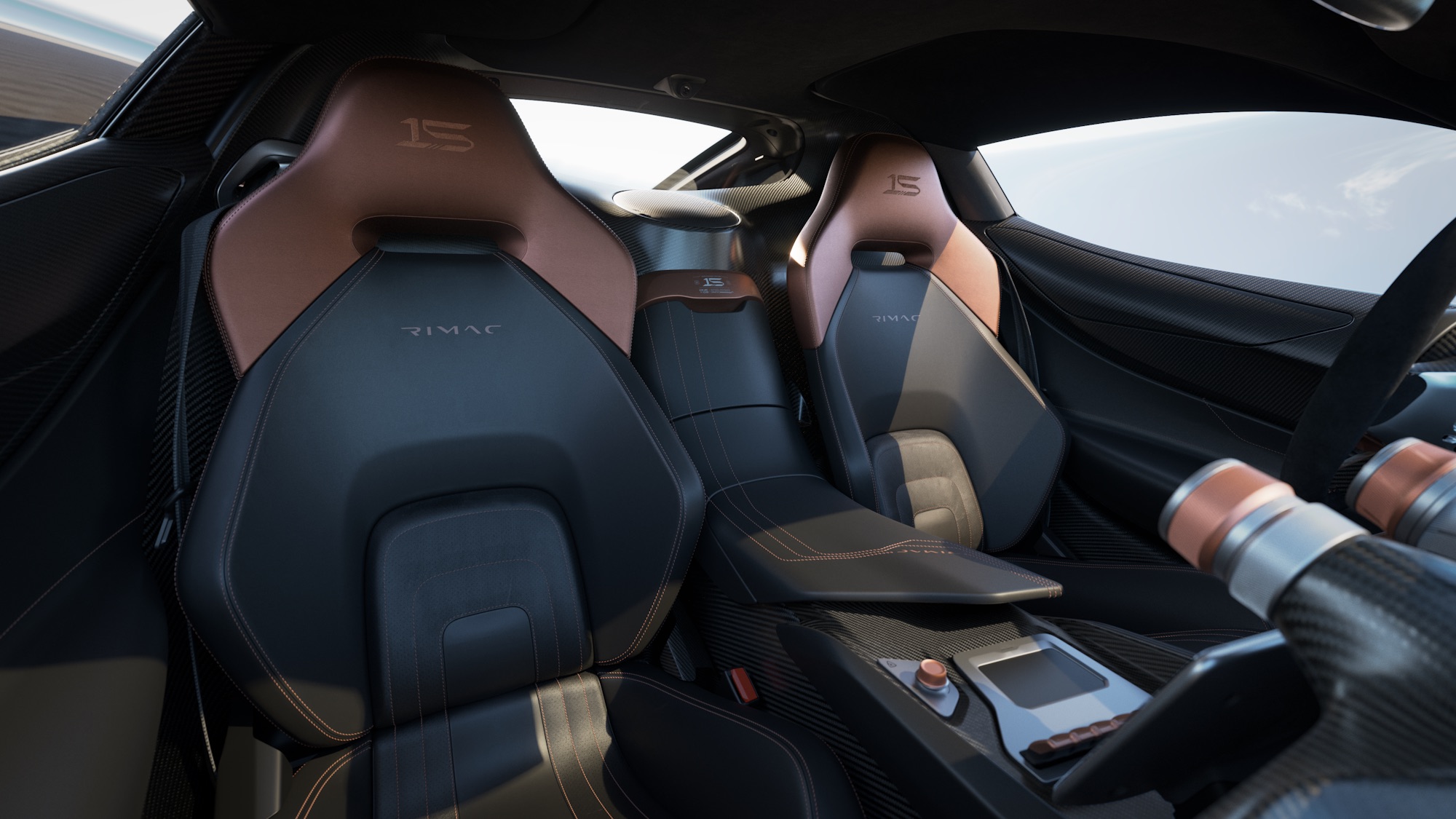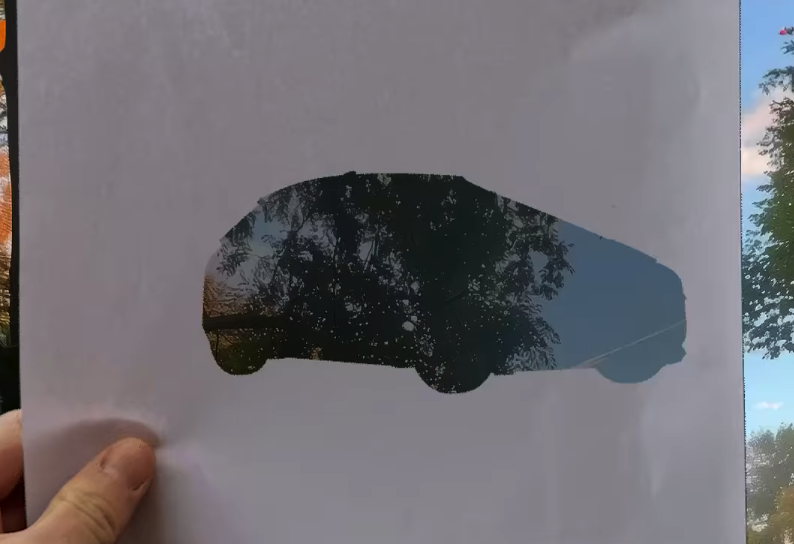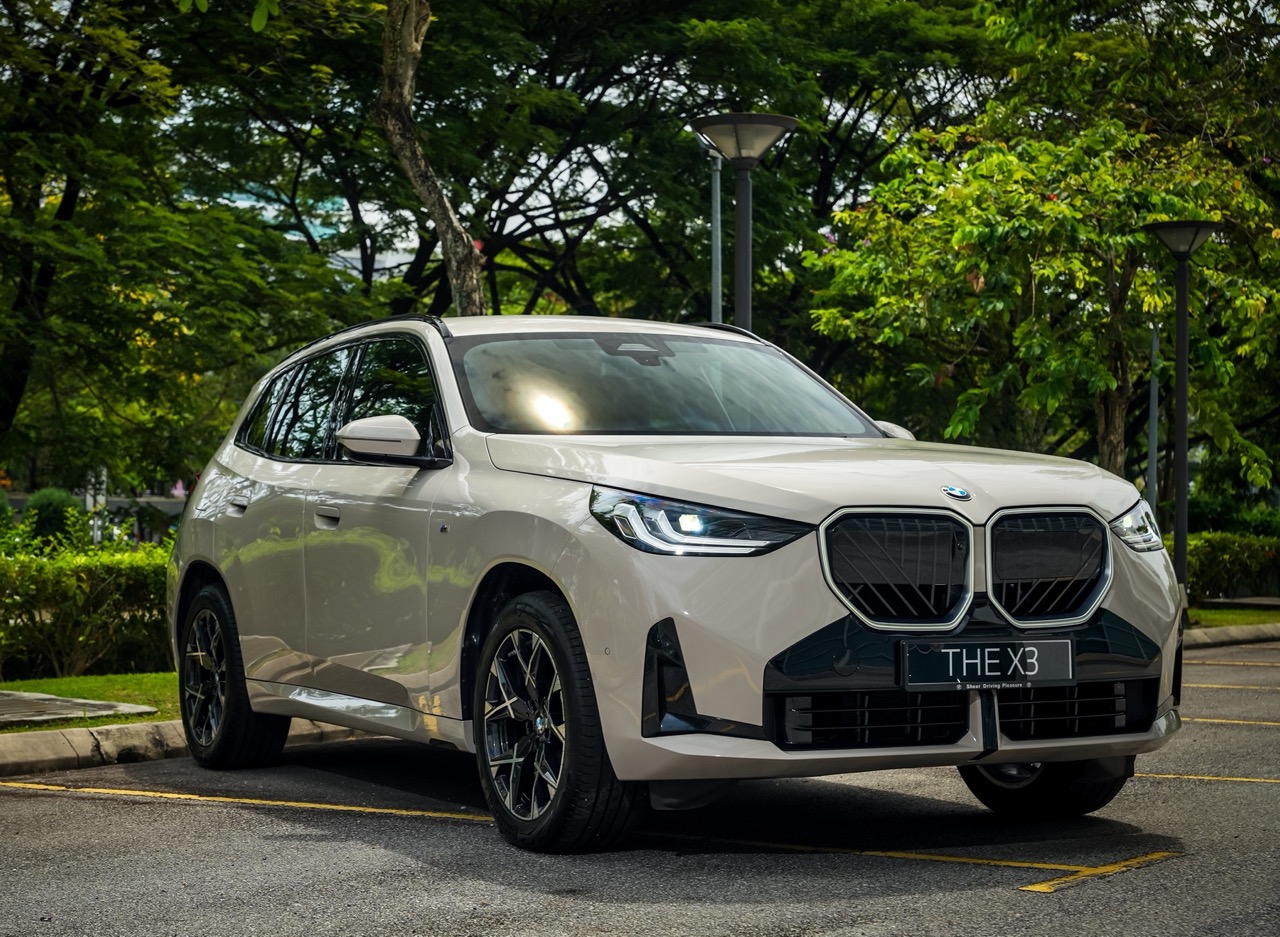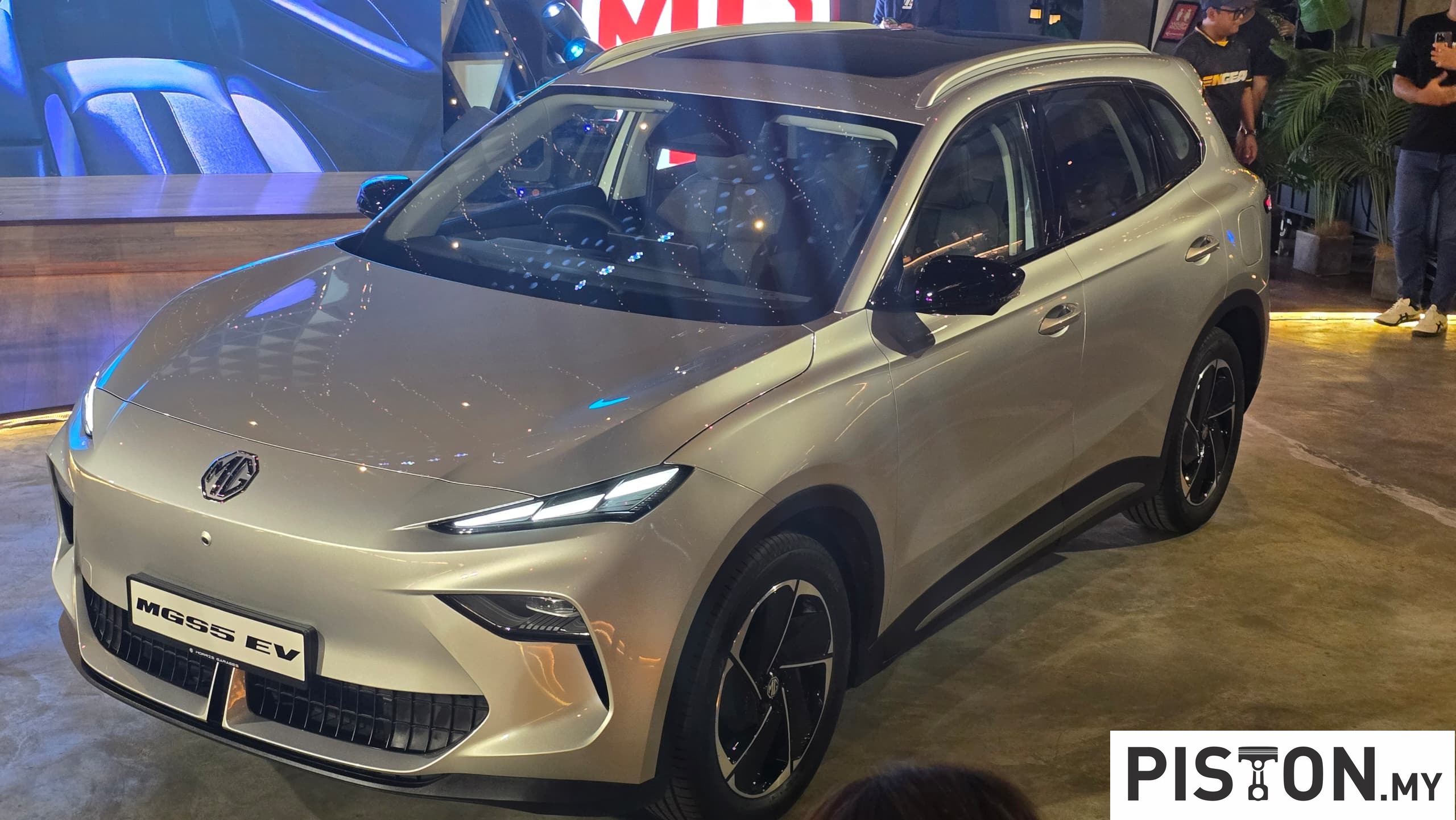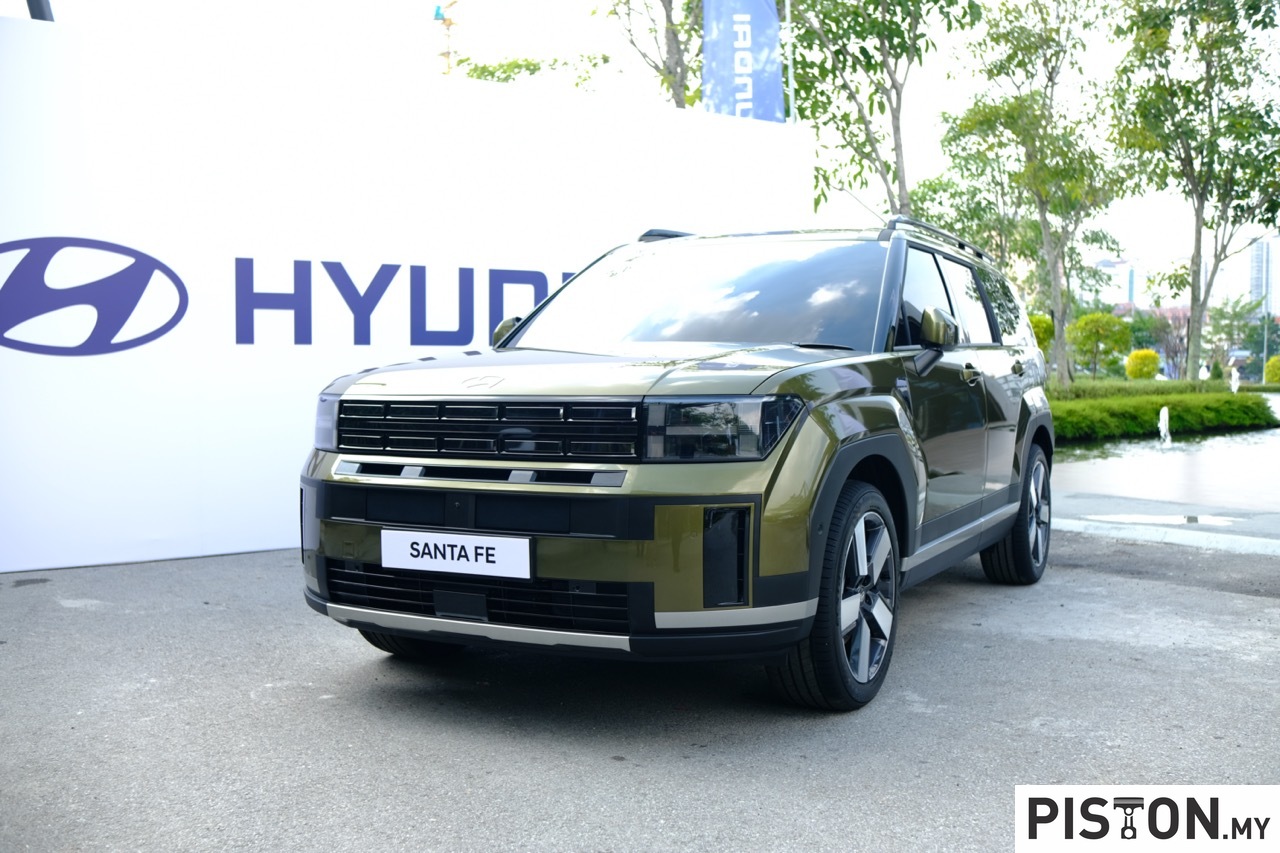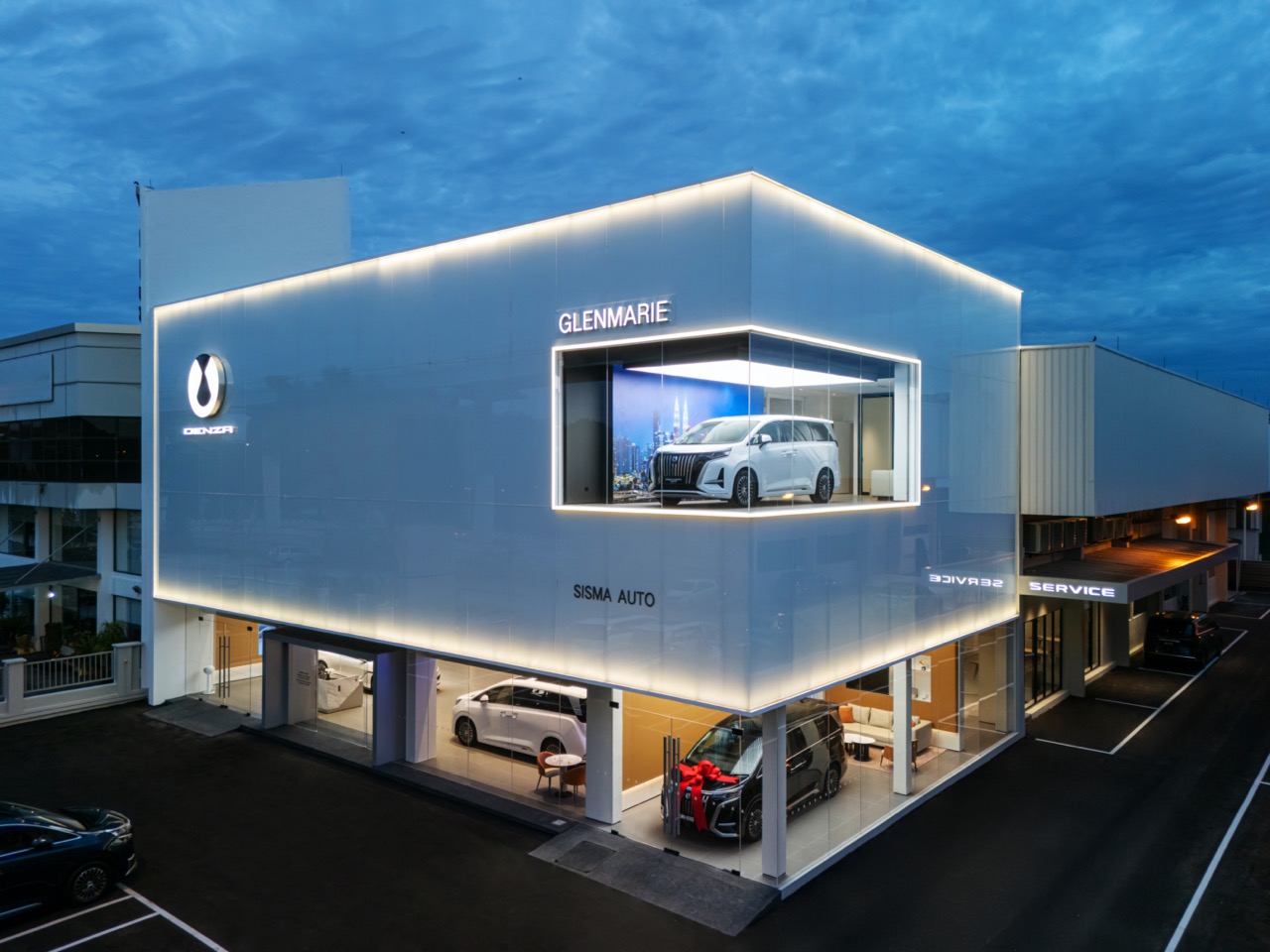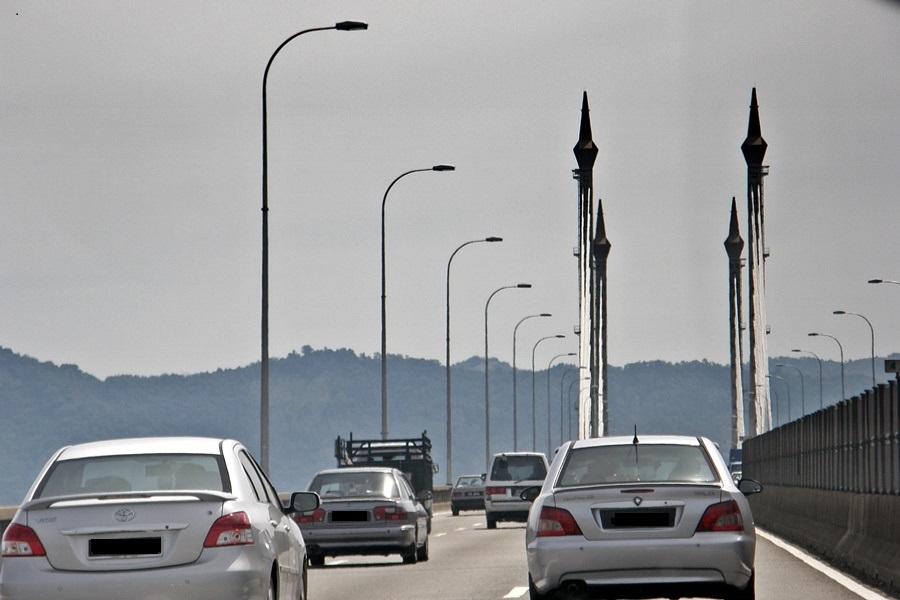Rimac Automobili sekali lagi mengukir namanya dalam sejarah automotif apabila memperkenalkan Nevera R, evolusi terkini kereta hiper elektrik yang menakjubkan. Model ini bukan sahaja mewarisi kehebatan Nevera asal—yang sebelum ini memecahkan 23 rekod prestasi dalam satu hari di fasiliti Automotive Testing Papenburg (ATP), Jerman pada tahun 2023—tetapi turut mengatasi kesemua rekod tersebut dalam ujian terbaharu yang disahkan secara bebas oleh Dewesoft.
Ujian kelajuan tinggi terkini ini bukan sekadar demonstrasi prestasi, tetapi merupakan fasa akhir pengesahan rasmi sebelum penghantaran kepada pelanggan. Hasilnya jelas—Nevera R kini diiktiraf sebagai kenderaan elektrik pengeluaran paling berprestasi dalam sejarah, mengukuhkan dominasi Rimac dalam dunia kereta hiper elektrik.
Antara pencapaian paling luar biasa adalah rekod 0–400–0km/j yang kini disempurnakan dalam hanya 25.79 saat, 4.14 saat lebih pantas berbanding Nevera asal. Pecutan 0–96km/j kini direkodkan pada 1.66 saat, lebih pantas daripada 1.74 saat sebelum ini. Pecutan 0–100km/j pula dicapai dalam 1.72 saat, turun daripada 1.81 saat. Malah, pecutan ke 200km/j disempurnakan dalam 3.95 saat, manakala 300km/j hanya mengambil 7.89 saat—1.33 saat lebih pantas daripada model terdahulu. Halaju maksimum juga meningkat kepada 431.45km/j, menjadikan Nevera R sebagai EV pengeluaran terpantas di dunia.
Namun, kejayaan ini bukan semata-mata berpunca daripada kuasa yang besar. Rimac telah mereka bentuk semula hampir keseluruhan komponen utama kenderaan ini. Pakej aerodinamik baharu—yang merangkumi sayap belakang tetap dan peresap belakang yang lebih besar—meningkatkan daya bawah sebanyak 15% serta kecekapan aerodinamik sebanyak 10%. Ini memberikan kestabilan mutlak ketika memecut pada kelajuan ekstrem.


